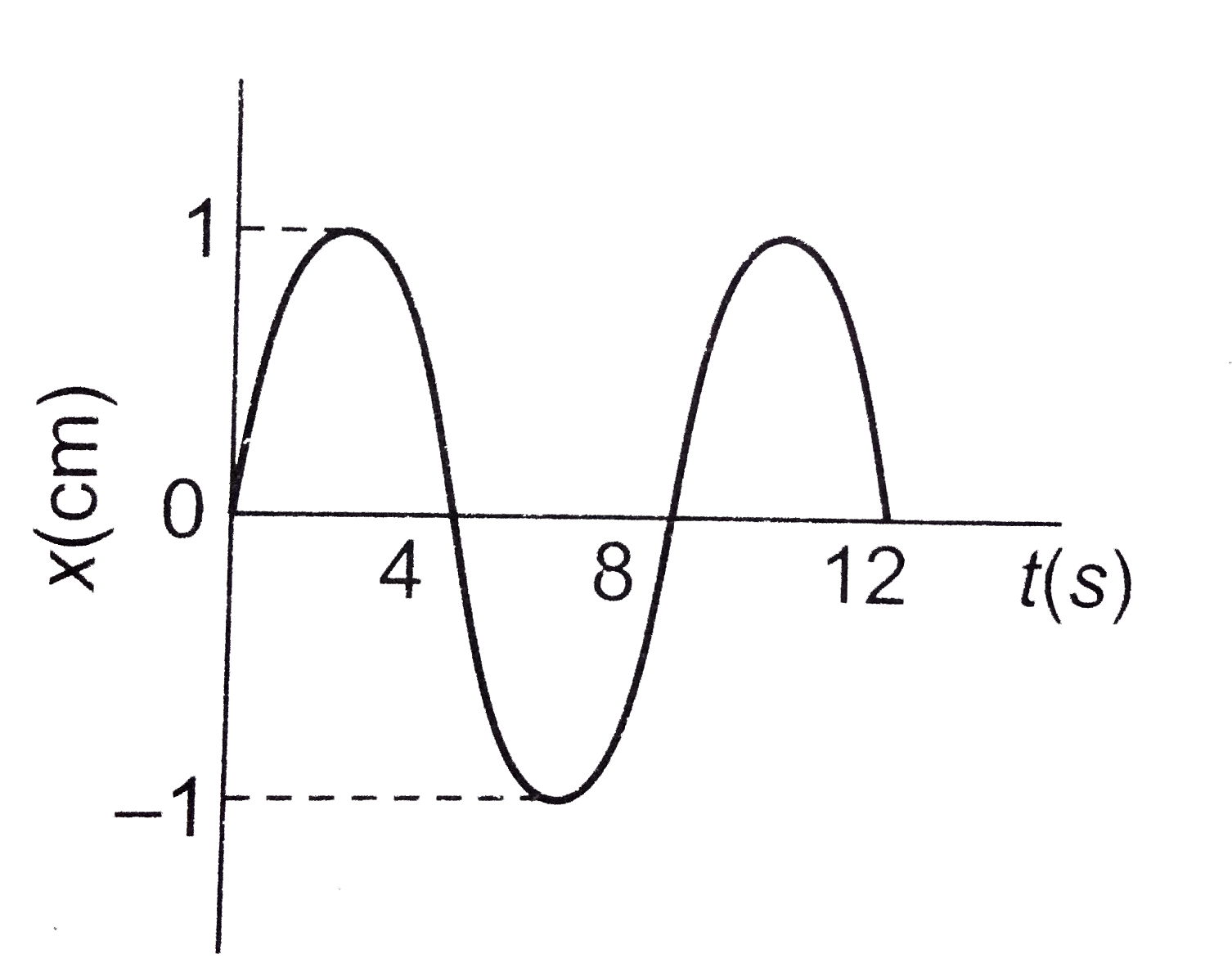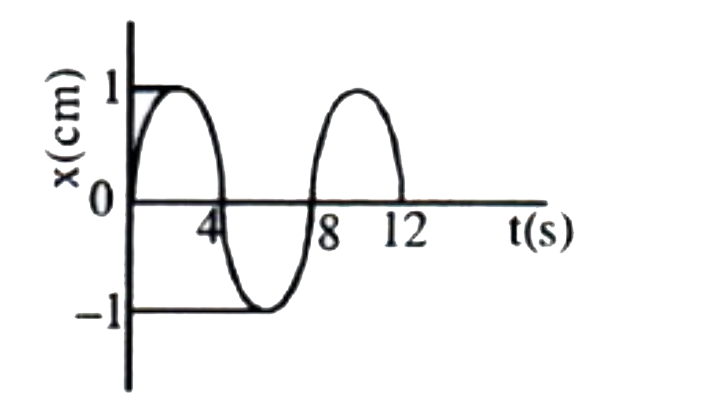For a particle simple harmonic motion determine the ratio of avarage acceleration of particle from external position to equilibruim position to the maximum acceleration
A
4π
B
2π
C
1π
D
12π
Video Solution
Text Solution
The correct Answer is:B
Let the equation of simple harmonic motion be
x=Asinωt
Then , the required ratio is ∫2/40ω2AsinωtdtT4×ω2A=2π
|
Topper's Solved these Questions
- OSCILLATION AND SIMPLE HARMONIC MOTIONBook:A2ZChapter:OSCILLATION AND SIMPLE HARMONIC MOTIONExercise:Velocity , Acceleration And Energy Of Simple Harmonic Motion
Explore 40 Videos
- OSCILLATION AND SIMPLE HARMONIC MOTIONBook:A2ZChapter:OSCILLATION AND SIMPLE HARMONIC MOTIONExercise:Spring Particle System
Explore 24 Videos
- NEWTONS LAWS OF MOTIONBook:A2ZChapter:NEWTONS LAWS OF MOTIONExercise:Chapter Test
Explore 30 Videos
- PROPERTIES OF MATTERBook:A2ZChapter:PROPERTIES OF MATTERExercise:Chapter Test
Explore 29 Videos
Similar Questions
Knowledge Check
In simple harmonic motion,the particle is
Aalways accelerationBalways retardedCalternately acceleration and retardedDneither acceleration nor retardedIf a particle is executing simple harmonic motion, then acceleration of particle
Ais uniformBvaries linearly with timeCis non uniformDBoth (2) & (3)In simple harmonic motion, at the extreme positions
Akinetic energy is minimum, potential energy is maximumBkinetic energy is maximum, potential energy is minimumCboth kinetic and potential energies are maximum.Dboth kinetic and potential energies are minimum
In simple harmonic motion, the ratio of acceleration of the particle to its displacement at any time is a measure of
View SolutionIn simple harmonic motion, acceleration of the particle is zero, when its
View SolutionWhile a particle executes simple harmonic motion, the rate of change of acceleration is maximum and minimum respectively at
View SolutionThe x−t graph of a particle undergoing simple harmonic motion is shown in figure. Acceleration of particle at t=4/3s is

View SolutionThe x-t graph of a particle undergoing simple harmonic motion is shown below. The acceleration of the particle of t=4/3s is

View Solution


